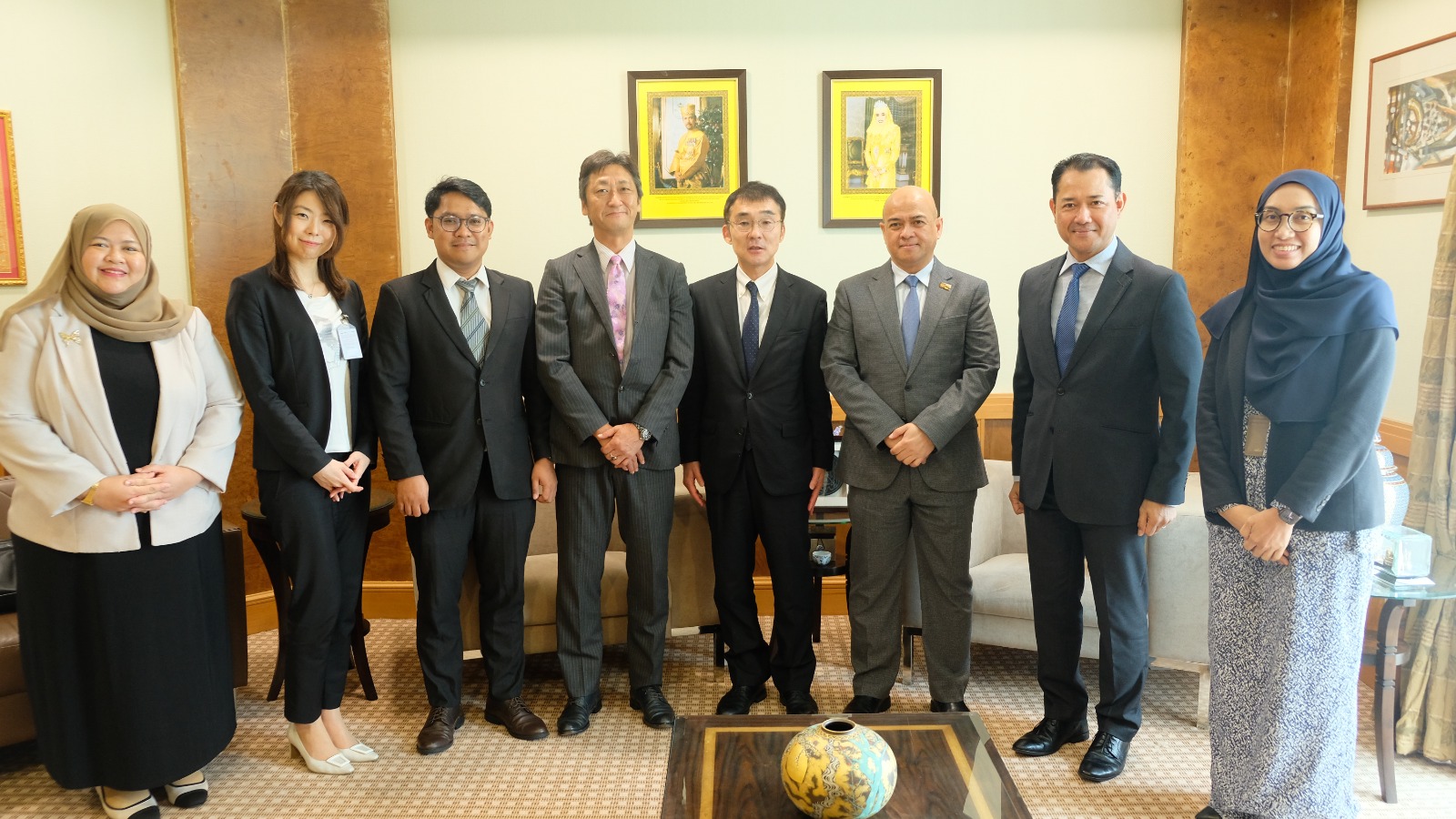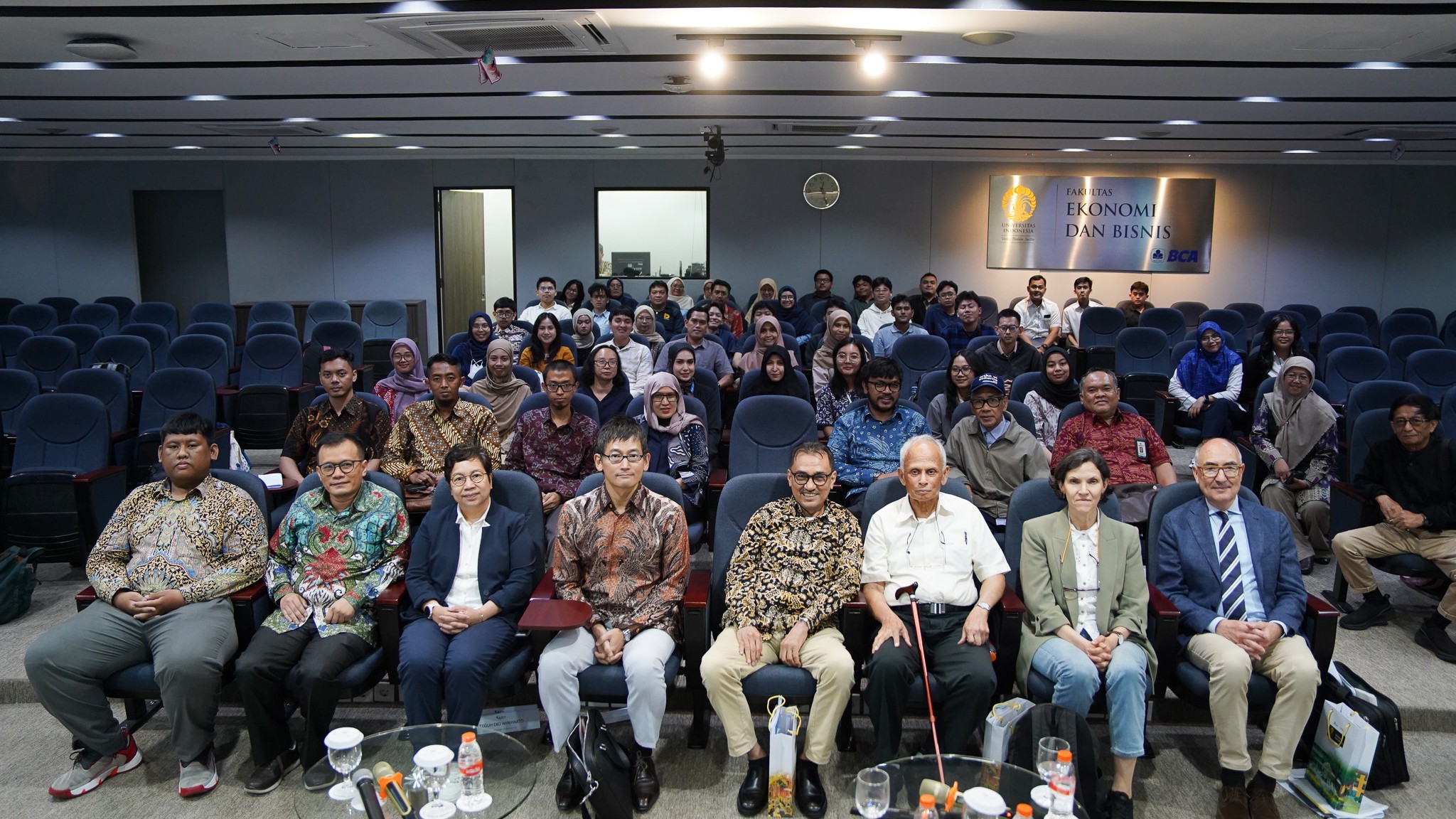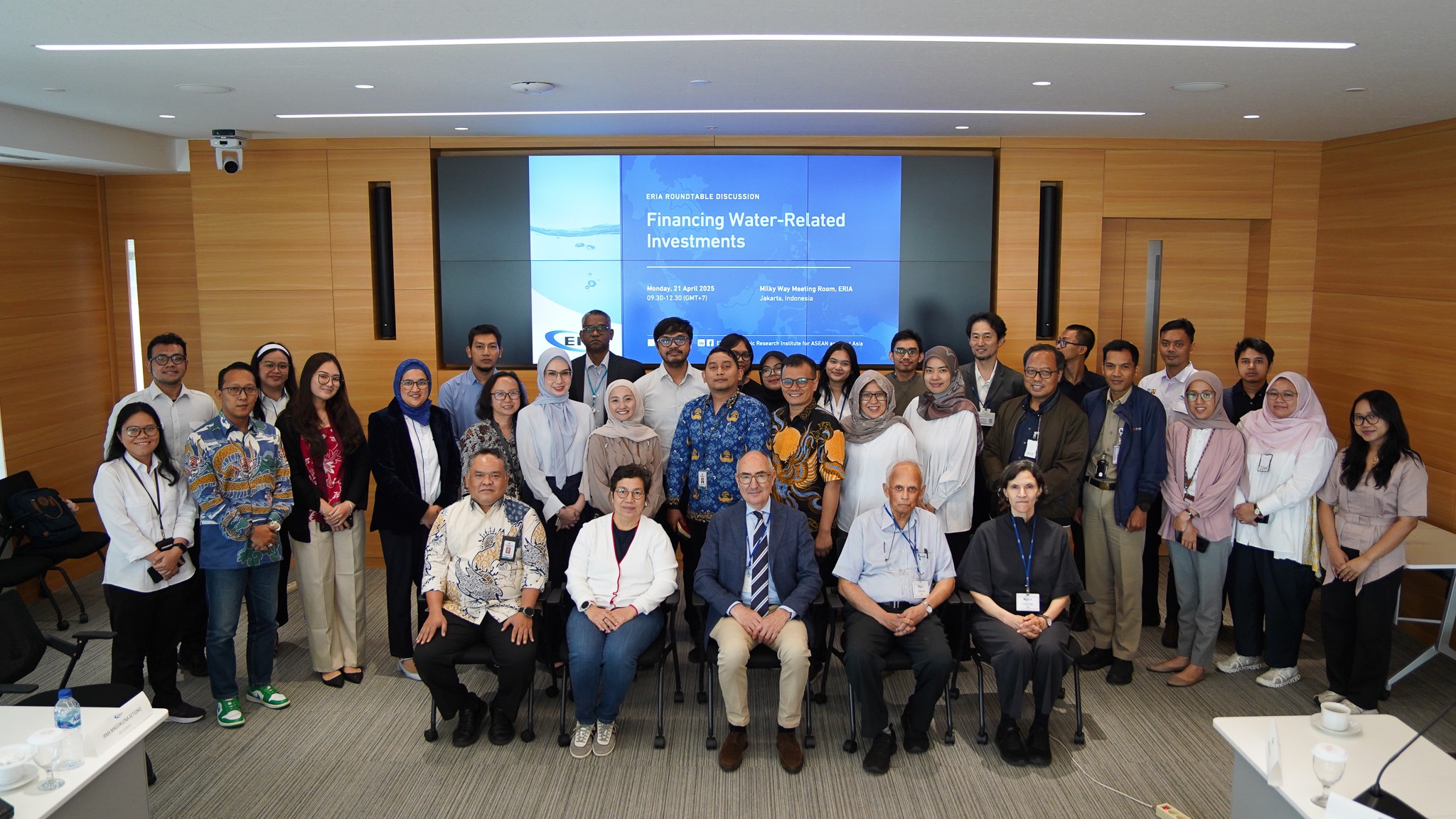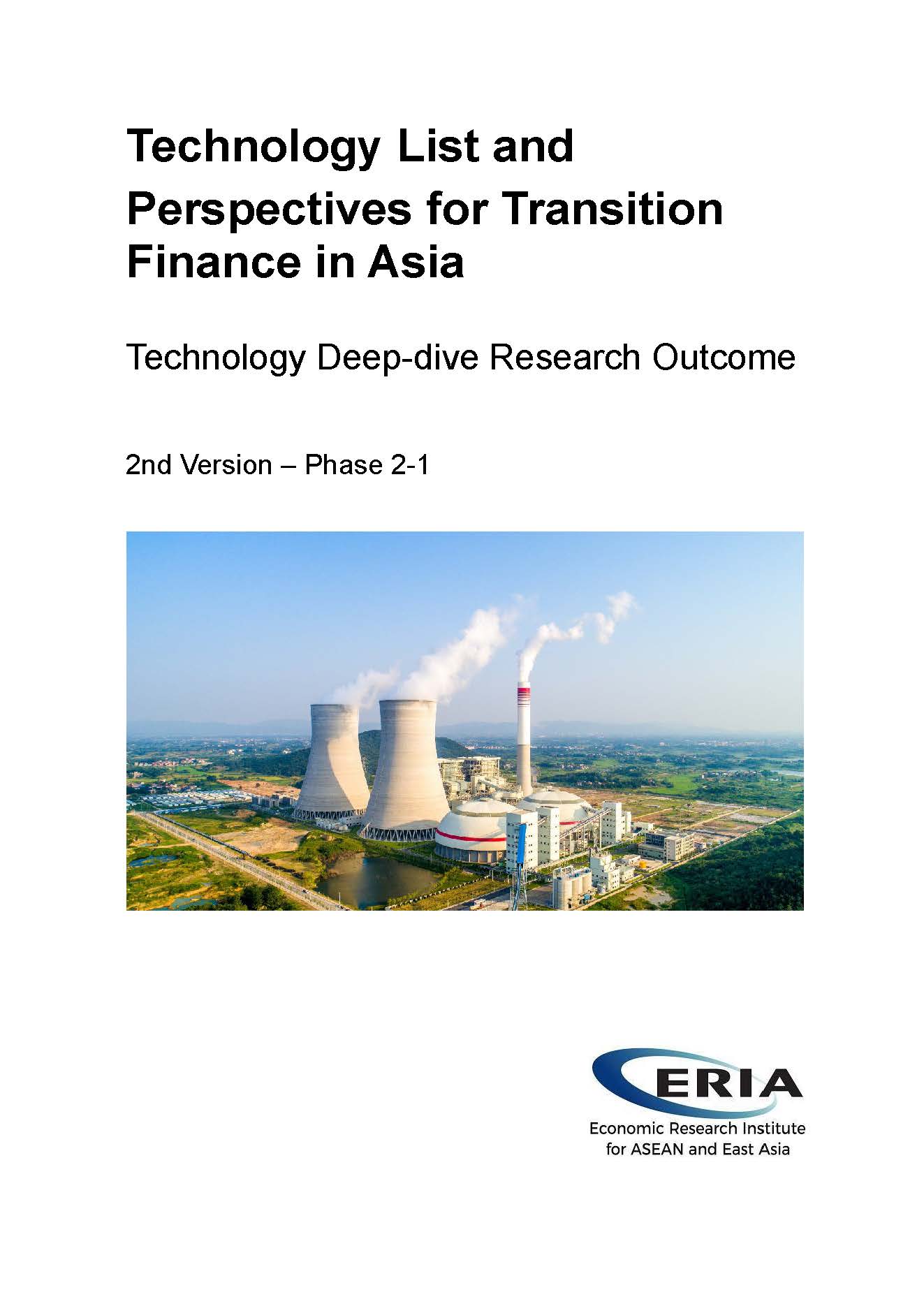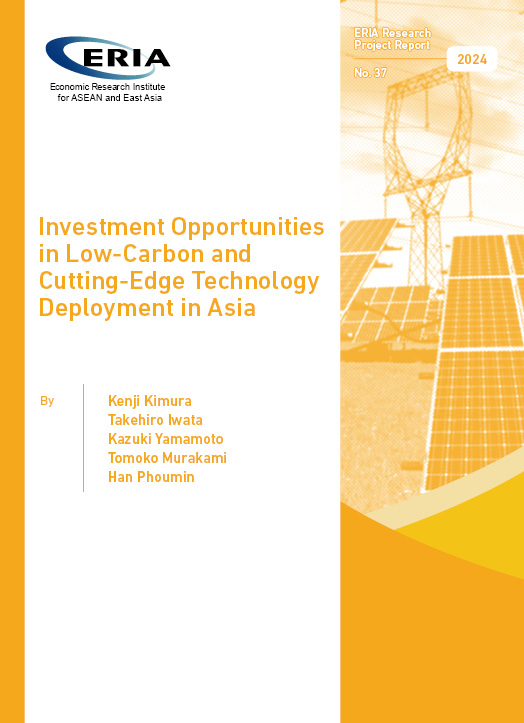Unveiling ASEAN-China Dynamics: Trade, Investment, and Regional Integration Perspectives
Share Article:
Print Article:
Guangzhou, 28 November 2023: ERIA’s Lead Advisor for Southeast Asia Region, Dr Lili Yan Ing, delivered a public lecture on ASEAN and China, Now and Then, at the Guangzhou Institute of the Greater Bay Area.
Dr Ing started the lecture by mentioning that China is ASEAN’s role model and partner. China and ASEAN have established a robust and dynamic trade relationship. The two sides are major trading partners, and their economic ties have strengthened over the years. Collaborative investment projects contribute to the economic development of both China and ASEAN, fostering mutual benefits and regional stability. Dr Ing then delved into the ASEAN and China trade in the last two decades, which shows an increasing trend both in ASEAN’s exports and imports to China as well as the total trade. In 2022, China’s investment in ASEAN reached US$ 15.4 billion, making China the 4th largest investor in ASEAN. This investment includes sectors such as manufacturing, real estate activities, professional, scientific and technical activities, financial and insurance, wholesale, and retail trade.
China’s Special Economic Zones (SEZs) were established to attract foreign investment, promote economic development, and experiment with market-oriented reforms. SEZs have been instrumental in driving the country's economic growth and transformation over the past few decades. They continue to evolve to meet the changing needs of China's economy and global economic trends. SEZs represented 60% of the export activities, contributed 22% to China’s GDP, 30 million job opportunities, and attracted around 46% of FDI. The success of SEZs can be influenced by the trade and investment environment created by regional agreements like RCEP, and conversely, the trade facilitation provided by RCEP can benefit industries within SEZs. RCEP can build stronger trade negotiations, reduce tariff and non-tariff barriers, create better supply chains and attract investment flows. At the end of the lecture, Dr Ing mentioned the way ahead to enhance ASEAN and China’s trade cooperation, investment ties, and cooperation in digital economy.

.jpg)



